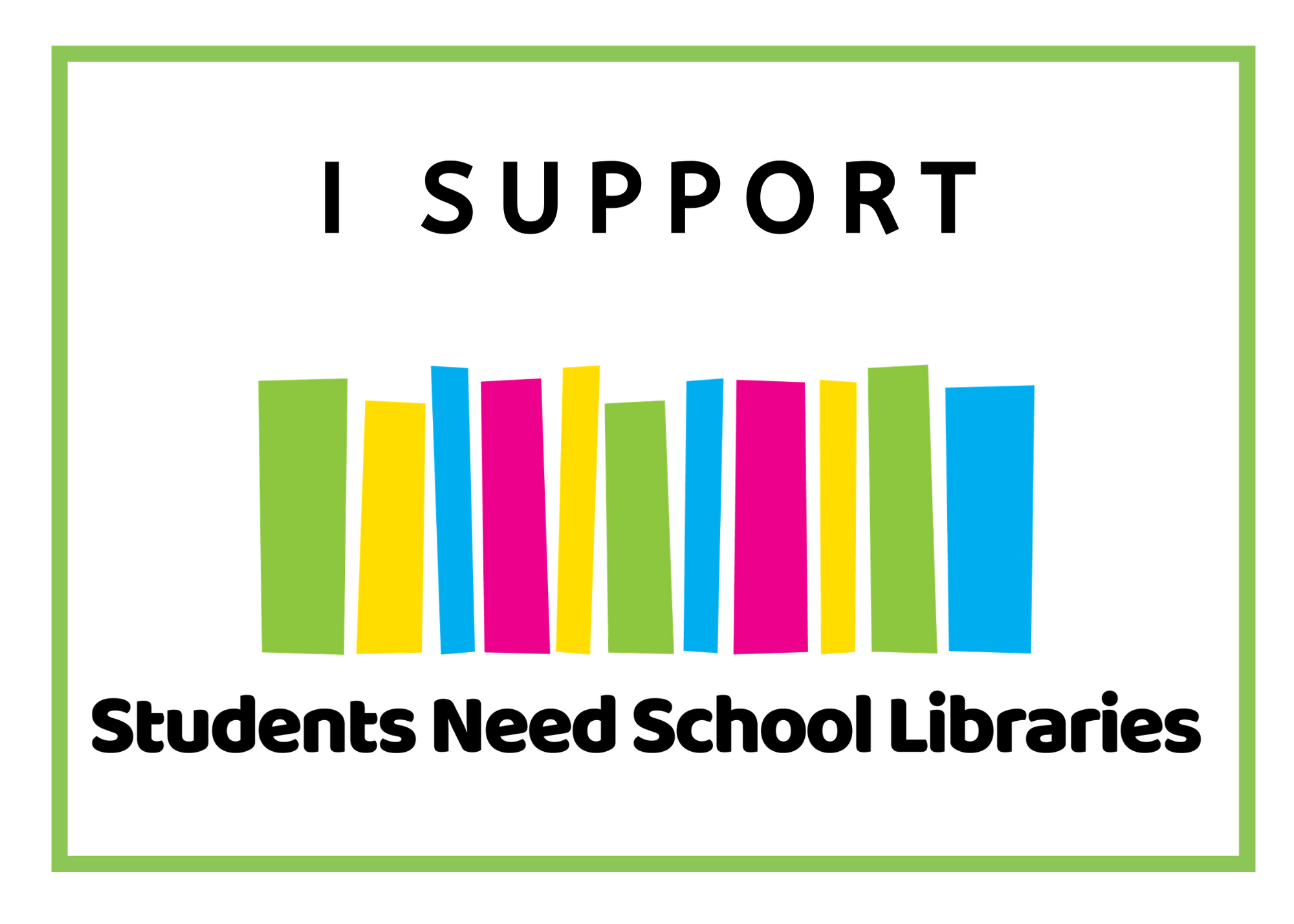Genrefication of a library fiction collection
Genrefication is perhaps the new (and yet not that new at all, really) buzzword for libraries. Opinions are divided on the benefit of such a move, and whether this step should apply to fiction or non-fiction collections (Pendergrass, 2013). Library consultants such as Kevin Hennah (Hennah, n.d) advocate for this book-shop model. Others cite the benefits, which range from better data collection on circulation and a visual aid for collection development to increased user engagement with the collection (Sweeney, 2013).
Genrefication actually isn’t that new (Shearer, 1996), but research surrounding its use and impact on readers is now increasing (Moyer, 2005). Moyer’s review of literature surrounding readers’ services found that genrefication can improve circulation, reader satisfaction, and ease of library navigation. However, other researchers found that genrefication may not be needed as technological advancements and provisions of OPACs allow library users to browse and search by genre digitally (Moyer, 2005). More research is needed on this area, and as individual libraries make the move to present their collection by genres more data can be gathered and shared about its benefits and limitations.

Mid-way through our genrefication process.
Our Library
After much research and discussion, our library recently made the choice to move forward with genrefying our young adult fiction collection.
Here follows our process:
Step 1: Decide what genres to feature.
There are so many genres and sub-genres, so the decision on which genres to feature and what to group together, was an important first step. Many were obvious, such as fantasy, while others depended both on our current collection, our future collection development and, of course, our readers. As Kneebone (2016) said, provision should be made for future trends, local variations, consistency within understandings of categories, and the development of a common language.
Step 2: Spine labels.
Each chosen genre then required a spine label for easy identification and shelving purposes. Some were purchased through library suppliers, while others we created to suit our collection needs and our choices in grouping. These created stickers were made using both copyright-free images, shapes, text, and even student artwork.
Step 3: Grouping
Before we started to move the books, we needed to decide how we would group and shelve the books. While they were in their genres, we could have chosen to display these individually by alphabet (e.g. Action, Fantasy, Mystery) or within larger groups (e.g. Speculative fiction: fantasy, science-fiction). We eventually decided on a mix of these, grouping smaller subgenres together, but leaving larger collections separate.

Starting to group our genre collections.
Step 4: Start to move.
Some of our collection already had genre spine labels, while others had never been categorised. Our first step was to remove all those books with spine labels and group them together. We then had to categorise the remaining titles, using both our catalogue records, publisher records, and sites such as Goodreads. This process took a week of one librarian’s devoted time.
Step 5: Reshuffle
As we started to put books back on the shelves, so began a lengthy reshuffle process, depending on how much room was required for each genre collection. This will be an ongoing process, as all shelving arrangement is, as our collection develops. The initial move took place during one week, with a number of librarians assisting in the process. We used the tops of shelves and three library trolleys to move, temporarily store and shuffle the books. As our shelf structure was not changing, time was reduced as we didn’t need to move shelves.
Step 6: Catalogue
Once the books were in place and grouped by genre, we then scanned the books and updated their catalogue records to reflect their new collections, e.g Young adult fiction: Fantasy.
Step 7: Signage
As our YA section is closely grouped, our genre collections needed clear signage. We started with thin shelf strips, printed, laminated and then stuck to our shelves using magnetic tape. We also updated our end panel signs and created small genre description signs.
Tips:
- Have a large collection of sticky-notes on hand. They were so helpful for everything from categorising books to marking shelves for collections.
- Know where you are headed before you start. Plan. Yes, it might change, but it was so much easier to know the end goal for the collection before we started moving books. We spent terms thinking about the move and just a few weeks actually completing the move, including cataloguing.
- Get student feedback. And not just at the end. The point of this, after all, is to increase student engagement with books and reading, so it was important to consult our readers throughout the genrefication process.
- Have lots of helpers. We couldn’t have done this so quickly (just two weeks in the midst of regular library services) if we didn’t have such a large team working together.
- There is no one right way. Do what works for your library and your readers.
- Learn from others. Sweeney (2013) and Davenport (2017) offer their own experiences and tips for genrefying a collection.
Now we will promote our new system, watching and talking with our students to see how this impacts their engagement with the fiction collection. It will be interesting to see what happens, but either way this process has already had many benefits for our collection development management.
Read: One year on from genrefication – thoughts and reflection
References:
Davenport, S. (2017). Genrefying the fiction collection. Connections, 102. Retrieved from: http://www2.curriculum.edu.au/scis/connections/issue_102/articles/genrefying_the_fiction_collection.html
Hennah, K. (n.d.). Library Experience. http://www.kevinhennah.com.au/a-few-of-kevins-thoughts/
Kneebone, L. (2016). Architecture of genre. Connections, 96. Retrieved from: http://www2.curriculum.edu.au/scis/connections/issue_96/articles/architecture_of_genre.html
Moyer, J. E. (2005). A literature review of readers’ advisory services, adult fiction librarianship, and fiction readers. Reference & User Services Quarterly, 44(3), 220-26, 229-231. Retrieved from http://ezproxy.slq.qld.gov.au
Pendergrass, D. J. (2013). Dewey or don’t we? Knowledge Quest, 42(2), 56-59. Retrieved from http://ezproxy.slq.qld.gov.au
Shearer, K. (ed.) (1996). Guiding the Reader to the Next Book. New York: Neal Schuman.
Sweeney, S. (2013). Genrefy your library: Improve readers’ advisory and data-driven decision making. Young Adult Library Services, 11(4), 41-45. Retrieved from http://ezproxy.slq.qld.gov.au


Leave a Reply